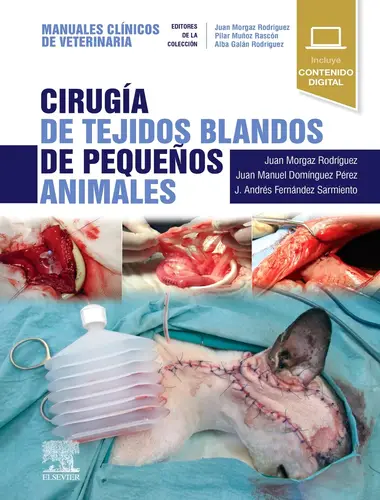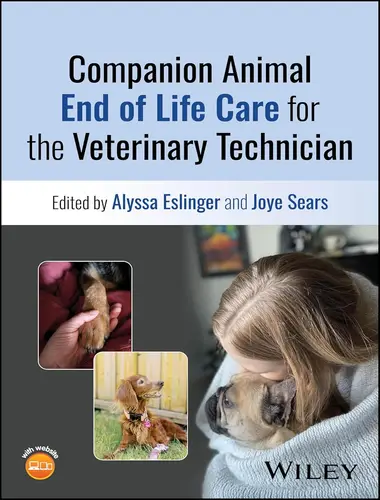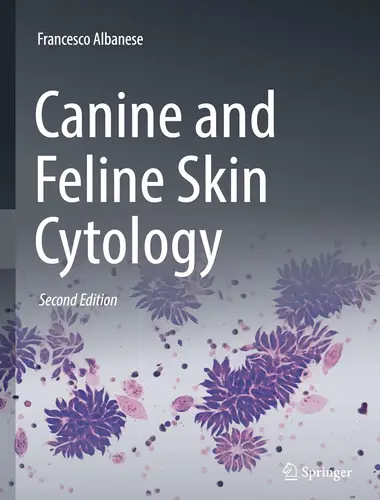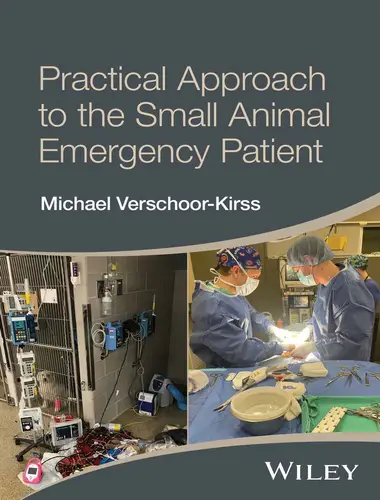Wildlife Disease Ecology Linking Theory to Data and Application
by Kenneth Wilson, Andy Fenton, Dan Tompkins
March 2019
The book is loosely divided into three parts depending on the scale of the interactions that are the main focus of
 each chapter. Perhaps inevitably, given the inherent multi-scale nature of disease ecology (Johnson et al 2015), no chapter is limited in scope to their ‘assigned’ part, but this grouping was chosen as an attempt to bring together chapters that deal with similar concepts, and is perhaps preferable to (or at least no less arbitrary than) one based on taxonomy or geography.
each chapter. Perhaps inevitably, given the inherent multi-scale nature of disease ecology (Johnson et al 2015), no chapter is limited in scope to their ‘assigned’ part, but this grouping was chosen as an attempt to bring together chapters that deal with similar concepts, and is perhaps preferable to (or at least no less arbitrary than) one based on taxonomy or geography.Part I deals with our understanding of within-host processes, such as inter-actions between different parasite strains and species within individual hosts, the evolution of parasite virulence, host resistance and the immune system, and host–parasite coevolution. Part II explores our understanding of between-host processes, such as the roles that parasites play in regulating and driving host population dynamics, the factors influencing parasite transmission between individuals, and herd immunity. Part III expands out to interactions at the host community and landscape scale, including the effects of climate and seasonality, trophic interactions, host migration, and spatial and multi-host dynamics.
Case studies were selected for inclusion based on their contributions to the field of wildlife disease ecology, and to cover the comprehensive range of theoretical concepts in disease epidemiology, evolution, and ecology. To illustrate the ubiquity of wildlife diseases, we chose a broad variety of host taxa (including plants, insects, gastropods, crustacea, fish, amphibia, birds, and mammals) and geographical regions (Europe, Americas, Australasia, Asia, and Africa). We wanted authors to focus on their particularly well-understood study systems but also to place their work in the broader context of other wildlife disease ecology studies; we also asked them to reflect on why their studies had been so successful, to discuss the history and natural history of the system and, where appropriate, to highlight its applied relevance.
Download: Medical Management of Wildlife Species
Although all the case studies are guided by theoretical considerations, the extent of the system-specific mathematical modelling varies. We asked authors to reflect on the reasons for this, and to identify areas for future empirical and modelling work, particularly where this might benefit from advances in methods and theory (such as novel molecular or statistical approaches, new remote sensing and biologging technology, and enhanced computational capacity).
[expand title=” “]
- Book Name: Wildlife Disease Ecology Linking Theory to Data and Application
- File Type: PDF
- Download: Link
- Size: 45 MB
- Password: PDFLibrary.Net
[/expand]






